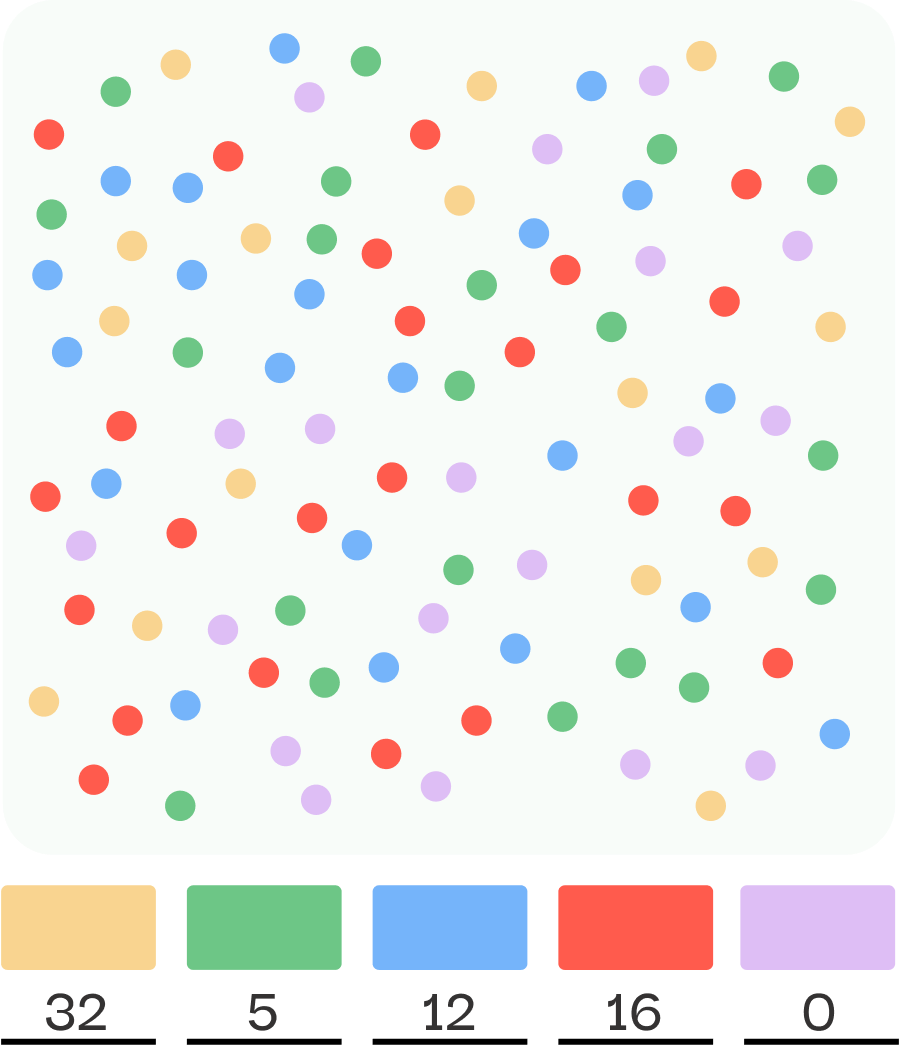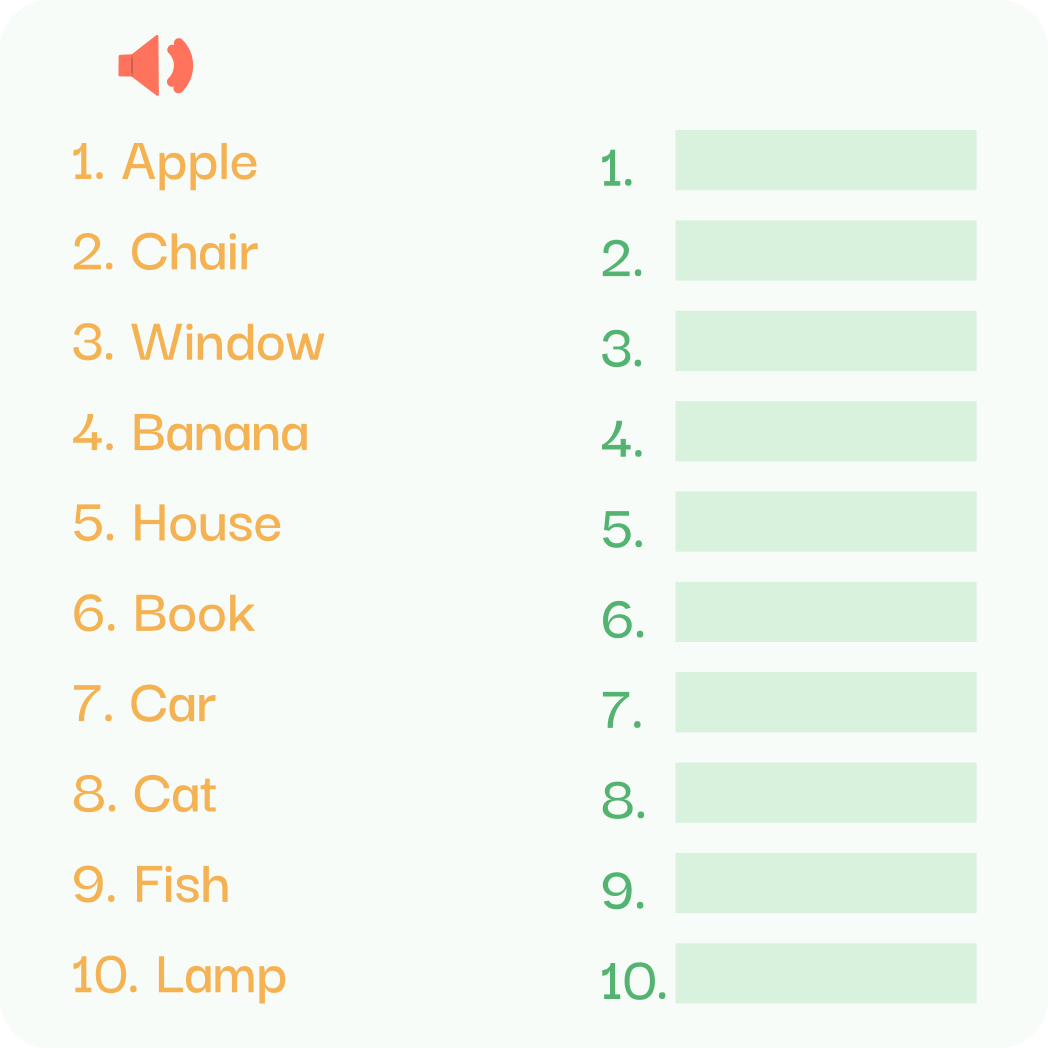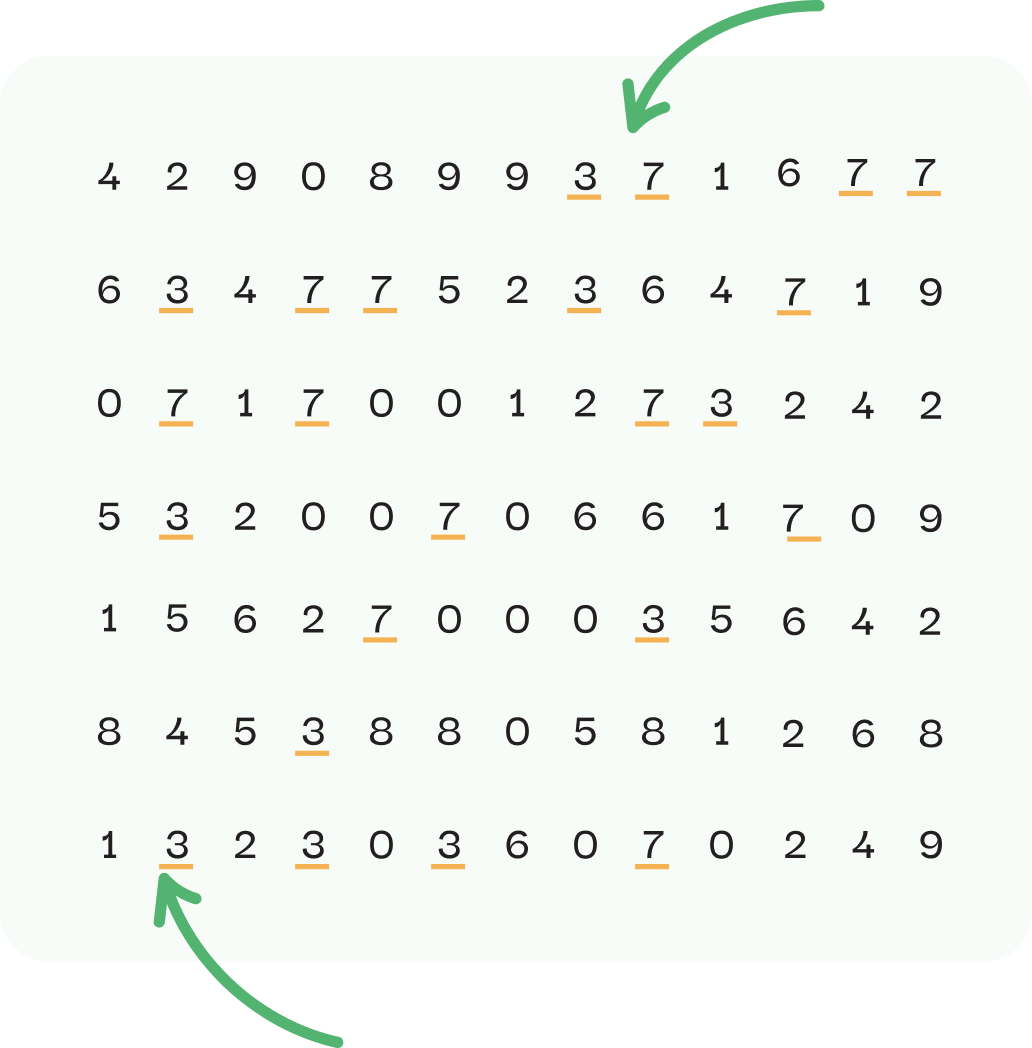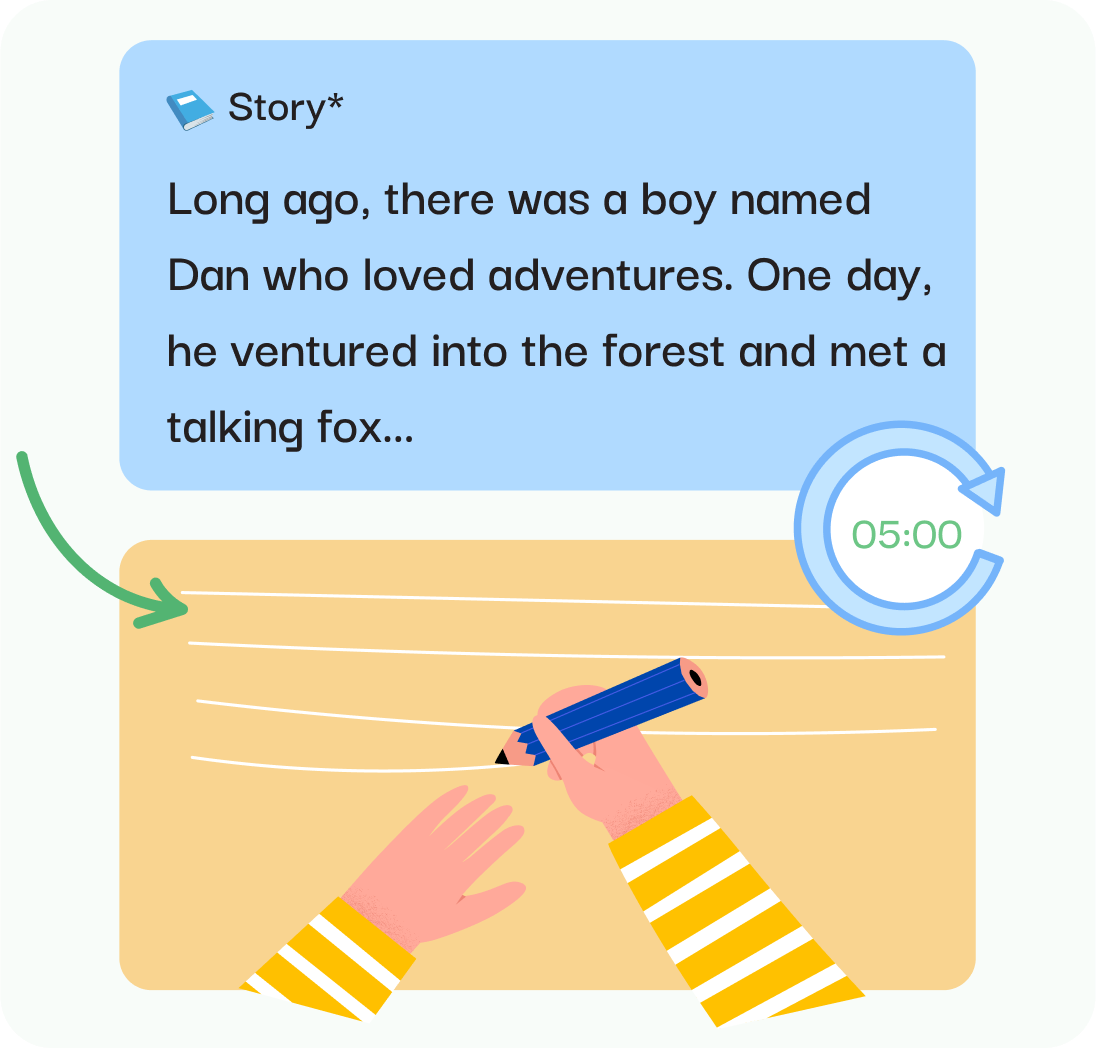
Stay Focused, Stay AheadImprove Concentration in a Distracted World
Science-backed exercises to improve concentration in a distracted world

In today's digital age, short-form content like TikTok and YouTube Shorts has drastically reduced our ability to focus. This constant exposure to quick-changing stimuli is rewiring our brains to expect immediate gratification, making sustained concentration increasingly difficult for both children and seniors.
Average attention span
8s
Cut down by 35%
Spend on short-form content
>3h daily
40% reduction in focus abilities
Fragmented digital content
28%
faster cognitive decline in seniors
SteadyMind uses evidence-based cognitive training exercises specifically designed to strengthen neural pathways responsible for sustained attention. Our hybrid approach combines digital and paper-based exercises that require prolonged, deliberate focus—not quick dopamine hits
"Research from Harvard Medical School shows structured attention exercises can improve focus by up to 43% after 8 weeks of consistent practice." 💡
Enhanced ability to complete complex tasks
Guided deep-work drills extend your ability to stay with detailed tasks from the opening brief through delivery.
Better emotional regulation
Breath pacing and body-awareness prompts keep your nervous system calm so focus no longer spikes your stress.
Maintained cognitive clarity
Attention reset cues surface the moment drift appears, helping you return to clear, intentional thinking.
Improved memory retention
Spaced recall routines and pattern exercises reinforce neural pathways so the details actually stick.
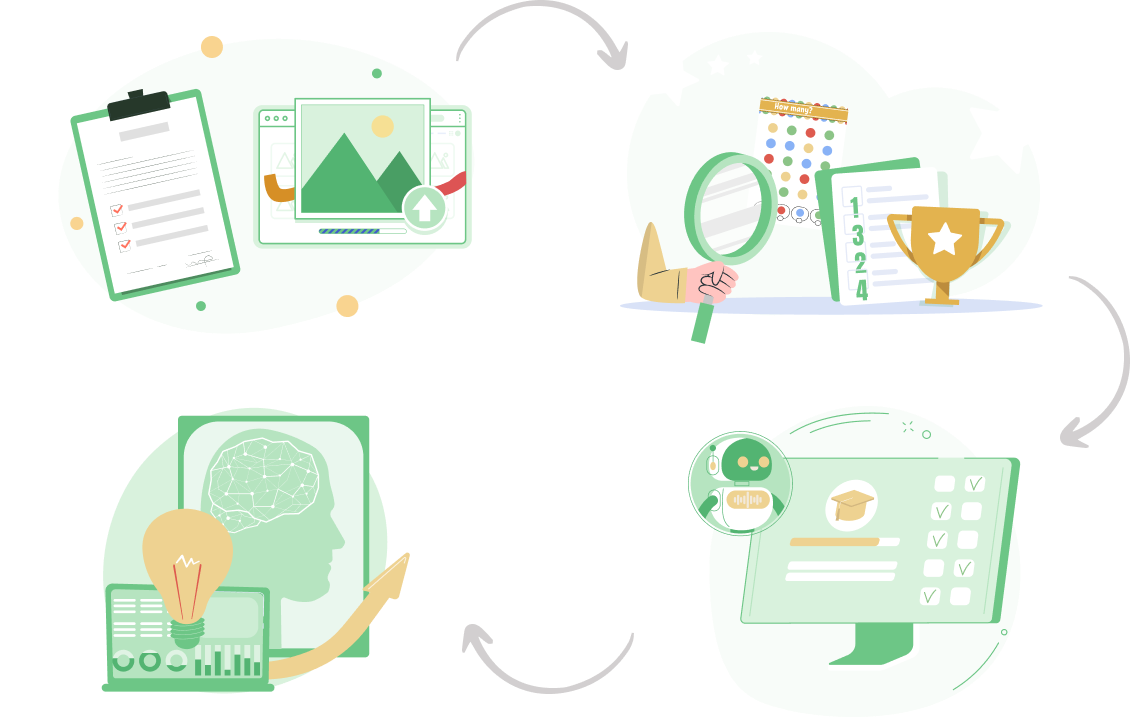
Dive into a sample exercise that showcases our platform's unique features. Experience firsthand how SteadyMind can enhance your mental well-being.

Ideal for individual users
Perfect for families
For schools, therapy centers
SteadyMind blends neuroscience-backed exercises with AI insights. Here are the answers we share most often.
Unlike brain games that reward rapid taps and instant novelty, SteadyMind stretches focus with therapist-designed tasks that demand sustained attention and measured breathing. Every session pairs tactile activities with guided reflection so improvements transfer into daily life.
Yes. Adaptive difficulty keeps kids engaged with manageable focus intervals, while printable worksheets and audio coaching make the program accessible for seniors. Shared progress dashboards let families coordinate practice at the right pace for each person.
Our AI reviews time on task, accuracy trends, and how quickly you recover after attention resets. Those signals generate a focus score plus tailored recommendations, helping you decide whether to increase intensity or schedule a restorative session.
Most SteadyMind sessions run 15–20 minutes, with micro-breaks built in to protect cognitive stamina. We recommend three to four sessions per week, though the adaptive coach will adjust the cadence if it detects fatigue or rapid gains.
Yes. You can customize sensory input levels, choose between visual or audio instructions, and set shorter focus intervals. Coaches also receive guidance on when to shift modalities so the exercises stay supportive rather than overwhelming.
All you need is a connected device for the digital modules and a printer or notebook for the tactile drills. Optional biofeedback tools—like a heart-rate monitor—can plug in for richer insights, but they are not required.


